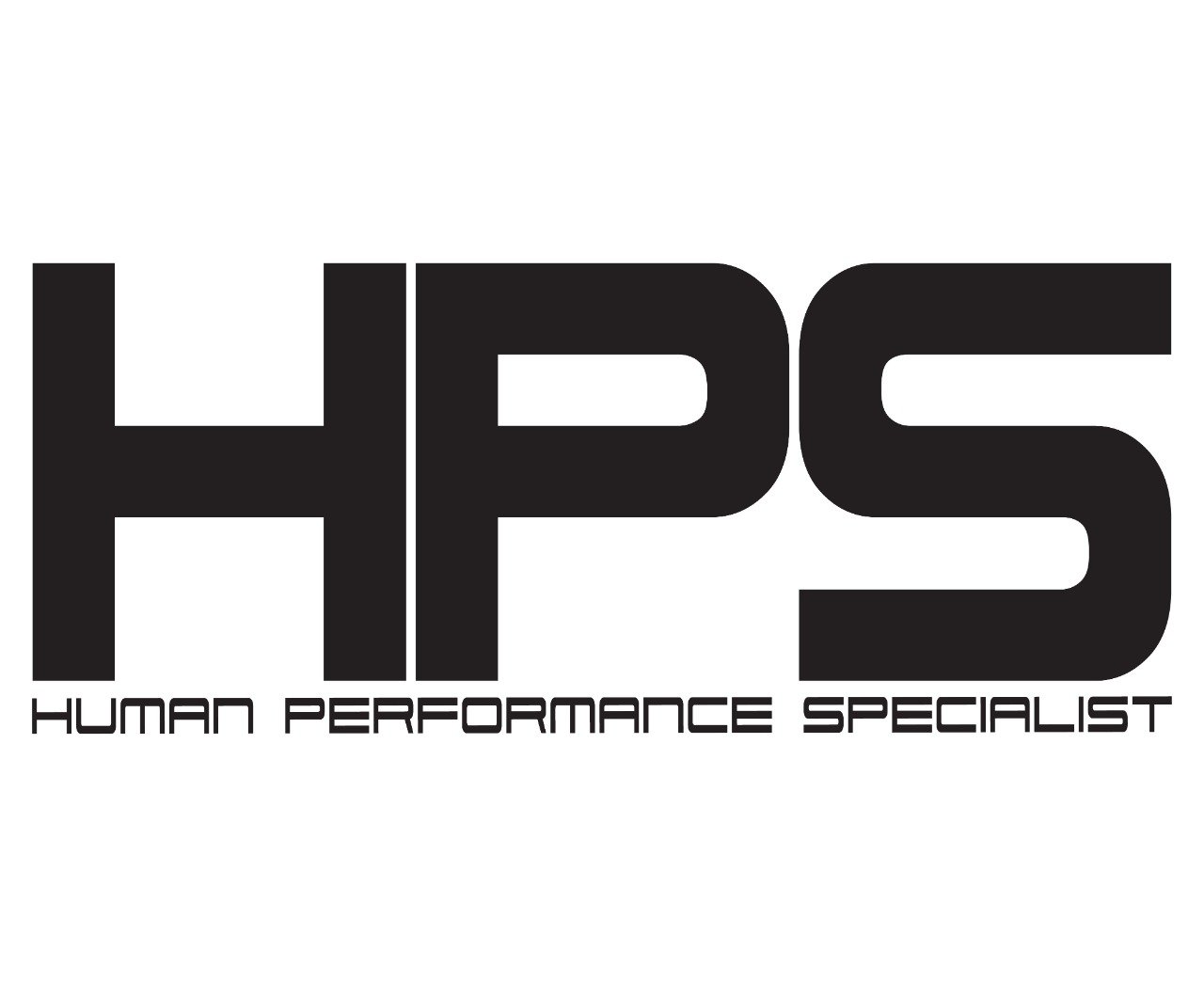The Right Intensity: How to Train for Strength Without Getting Hurt
At HPS, we believe the right intensity is the difference between progress and plateau. Most people train too hard—or not hard enough. Both paths lead to frustration and injury.
Training with purpose means knowing when to push, when to recover, and how to create just enough stress for the body to adapt. That’s the essence of performance longevity: movement that challenges your muscles, strengthens your joints, and protects your body instead of breaking it down.
Why Intensity Matters
Intensity drives adaptation. Without it, muscles never get the signal to grow stronger, bones don’t build density, and your cardiovascular system stays comfortable instead of improving. But when intensity is too high, you move past the threshold of benefit into breakdown.
This balance is what separates a workout from a training program. The goal isn’t exhaustion—it’s progress. The right dose of resistance training teaches your body to handle more, move better, and recover faster.
At HPS, we gauge intensity by both science and feel. Clients learn to understand their own limits—how the final few reps should burn, but not break them. When every movement has intent, results come without the setbacks.
Training Smarter, Not Harder
The internet is full of “no pain, no gain” messaging. The truth is simpler: sustainable fitness is built on consistency, not punishment. Most injuries happen when intensity spikes without enough preparation or recovery.
Our approach focuses on deliberate progression:
Resistance training: 2–3 focused sessions a week, emphasizing movement quality and load progression.
Mobility and activation: Daily work to prepare joints and muscles before adding resistance.
Cardiovascular training: Short, strategic sessions that reach the higher heart-rate zones—enough to build endurance without burnout.
Each session includes a structured warm-up, movement prep, and cooldown. That’s how we help clients perform better at 40, 50, and beyond.
Avoiding the “Too Low” Trap
Many people think they’re training, but they’re simply moving. Repeating the same comfortable weights and rep ranges keeps the body in maintenance mode. The right intensity challenges you safely—it’s that controlled discomfort where change happens.
For newer clients, this might mean reaching the point where the last rep of the last set feels like true fatigue. For seasoned lifters, it could mean pushing to failure safely or introducing variation in tempo, range of motion, or resistance type.
This approach works not just for athletes, but for anyone who wants to stay capable and resilient as they age.
Redefining Progress
The best part of training with intention is that progress becomes measurable. It’s not just about lifting more weight—it’s about moving better, feeling stronger, and staying injury-free.
At HPS, monthly evaluations track strength, endurance, and movement quality. That feedback loop keeps training personalized and effective. You’ll see patterns, correct imbalances, and understand how your body responds over time.
And when progress dips? That’s data, not failure. It’s a chance to adjust your workload, recovery, or nutrition before a setback happens.
The Longevity Perspective
The right intensity is not about chasing exhaustion—it’s about longevity. It’s how you keep doing what you love without pain, and how you maintain power and balance as the years go by.
Every HPS program—whether one-on-one or part of the Longevity Blueprint—teaches clients how to train smart: to push enough for adaptation, rest enough for recovery, and stay consistent enough for lasting change.
Longevity isn’t built in a day, and it doesn’t come from random workouts. It’s built rep by rep, month by month, with the right intensity leading the way.
